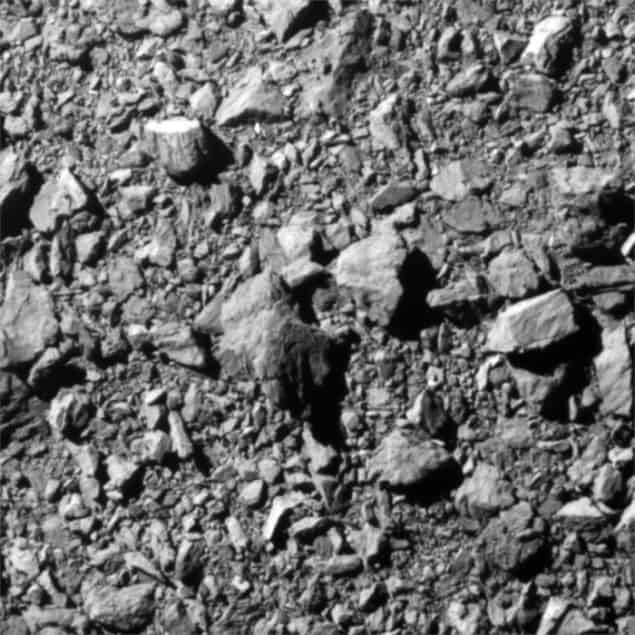
Update 12/10/2022: NASA has confirmed that DART’s impact successfully altered the asteroid’s orbit by 32 minutes, shortening the 11 hour and 55-minute orbit to 11 hours and 23 minutes. This was some 25 times greater than the 73 seconds NASA had defined as a minimum successful orbit period change. “This result is one important step toward understanding the full effect of DART’s impact with its target asteroid” says Lori Glaze, director of NASA’s Planetary Science Division at NASA headquarters in Washington. “As new data come in each day, astronomers will be able to better assess whether, and how, a mission like DART could be used in the future to help protect Earth from a collision with an asteroid if we ever discover one headed our way.”
NASA has announced that its asteroid-deflection mission has managed to successfully hit its target with scientists now studying how much the body has been deflected by the impact.
At 7:14 p.m. EDT yesterday, the $330m Double Asteroid Redirection Test (DART) craft – the first mission dedicated to demonstrating “kinetic impact” – hit a small asteroid with the aim to put the body in a slightly different orbit around its companion body.
DART, which was launched in November 2021, was sent on a roughly 11 million kilometre journey towards a binary, near-Earth asteroid system. This system consists of a 780 m-diameter asteroid called “Didymos” and a smaller, 160 m body “Dimorphos” that orbits it.
The plan was to slam into Dimorphos to see if the kinetic impact of a spacecraft could one day successfully deflect an asteroid that is on a collision course with Earth.
At its core, DART represents an unprecedented success for planetary defence, but it is also a mission of unity with a real benefit for all humanity
Bill Nelson
Some 15 days ago, the mission released the Light Italian CubeSat for Imaging of Asteroids (LICIACube) – a CubeSat that has been contributed by the Italian Space Agency – that carries two optical cameras.
As DART then neared the asteroid system, yesterday it began to taking images of Didymos and Dimorphos with a high-resolution imager called DRACO.
Travelling about 6 kilometres per second, DART then impacted Dimorphos and as it did so LICIACube flew past to image the kinetic impact itself, the resultant ejecta plume and possibly the impact crater.
Ground-based observations carried out at several facilities – including the Lowell Discovery Telescope in Arizona, Las Campanas Observatory in Chile, the Las Cumbres Observatory global network, and the Magdalena Ridge Observatory in New Mexico – also tracked track the impact of DART and the subsequent response by Dimorphos.
Next steps
Scientists will now characterize the ejecta produced and precisely measure Dimorphos’ orbital change to determine how effectively DART deflected the asteroid. Researchers expect the impact to shorten Dimorphos’ orbit by about 1%, or roughly 10 minutes. They will then compare the results of DART’s kinetic impact with computer simulations to evaluate the effectiveness of this approach and assess how best to apply it to future planetary defence scenarios.
“At its core, DART represents an unprecedented success for planetary defence, but it is also a mission of unity with a real benefit for all humanity,” noted NASA administrator Bill Nelson. “As NASA studies the cosmos and our home planet, we’re also working to protect that home, and this international collaboration turned science fiction into science fact, demonstrating one way to protect Earth.” NASA launches first-of-a-kind DART mission to deflect asteroid
“This first-of-its-kind mission required incredible preparation and precision, and the team exceeded expectations on all counts,” says Ralph Semmel, director of the Johns Hopkins Applied Physics Laboratory in Laurel, Maryland. “Beyond the truly exciting success of the technology demonstration, capabilities based on DART could one day be used to change the course of an asteroid to protect our planet and preserve life on Earth as we know it.”
In 2024 the European Space Agency’s Hera mission will launch to the asteroid system and, once it arrives two years later, it will perform a close-up “crime-scene” investigation of DART’s impact.



